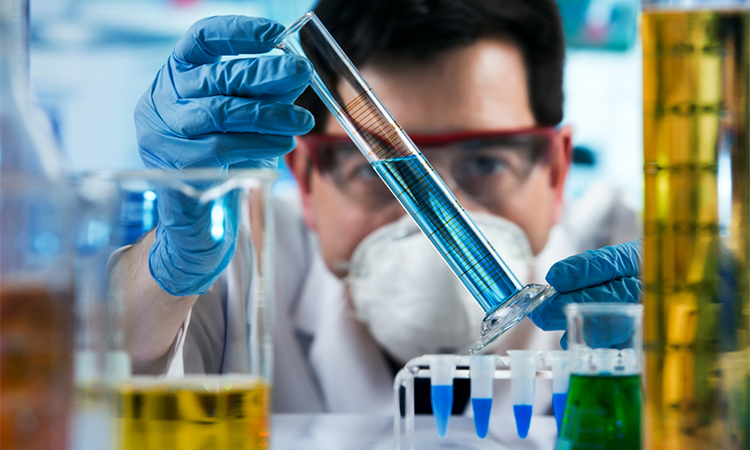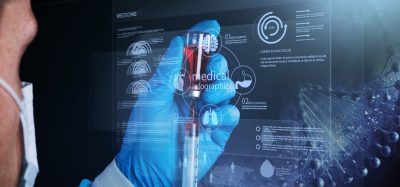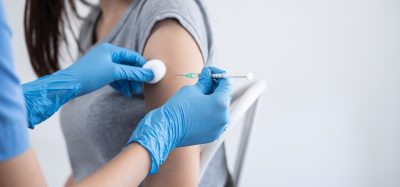New class of ribosomal peptide “daptides” discovered by researchers
Posted: 12 April 2023 | Ria Kakkad (Drug Target Review) | No comments yet
Researchers from the University of Illinois have identified a new class of ribosomally synthesised and post-translationally modified peptides (RiPPs) named “daptides” that have haemolytic activity.


Living organisms produce natural products that can be used in modern medicine and therapeutics, and bacteria and other microbes have become the main source for such products, including RiPPs. However, RiPPs are still underexplored because their biosynthetic gene clusters are small and were often overlooked in the past. Thus, researchers at the University of Illinois Urbana-Champaign, US, collaborated to identify and analyse new RiPPs that could be good candidates for drug development and therapeutics.
“Compared to other classes of natural products such as alkaloids, terpenes, or polyketides, RiPPs are still underexplored, partly because their biosynthetic gene clusters are quite small and were often overlooked in the past,” said Professor Humin Zhao. “So we decided to develop new technologies to discover novel RiPPs with biological activity.”
In the recent study, which was published in Nature Communications, the researchers reported the discovery of a unique and novel class of RiPPs, which they named “daptides.” Unlike most peptides with one positively charged and one negatively charged end, daptides have two positively charged termini. The positive charge of both termini gives daptides the potential to interact with negatively charged objects, such as cell membranes. The team found that the daptides showed haemolytic activity, meaning that they disrupted the membranes of red blood cells.
Finding new RiPPs is not an easy task, and the researchers use bioinformatics to identify gene clusters that could produce potential RiPPs. Then they clone the targeted cluster and place it into an organism to be expressed, after which they can check for any natural products produced. Even after obtaining the products, there is still the question of what the products do and how they are produced, which can be tested with bioassays, gene knockouts, and a variety of other tests.
The researchers say the next steps are to understand the enzyme functions of the daptides and use bioinformatics analysis to see if there are other combinations of genes associated with daptide production. The future studies include exploring potential therapeutic uses for daptides and the ecological role that daptide production has for the bacteria that make them.
Related topics
Bioinformatics, Drug Discovery Processes, Genetic Analysis, Genome Editing, Genomics, Peptide Therapeutics, Research & Development
Related organisations
University of Illinois Urbana-Champaign
Related people
Professor Humin Zhao








